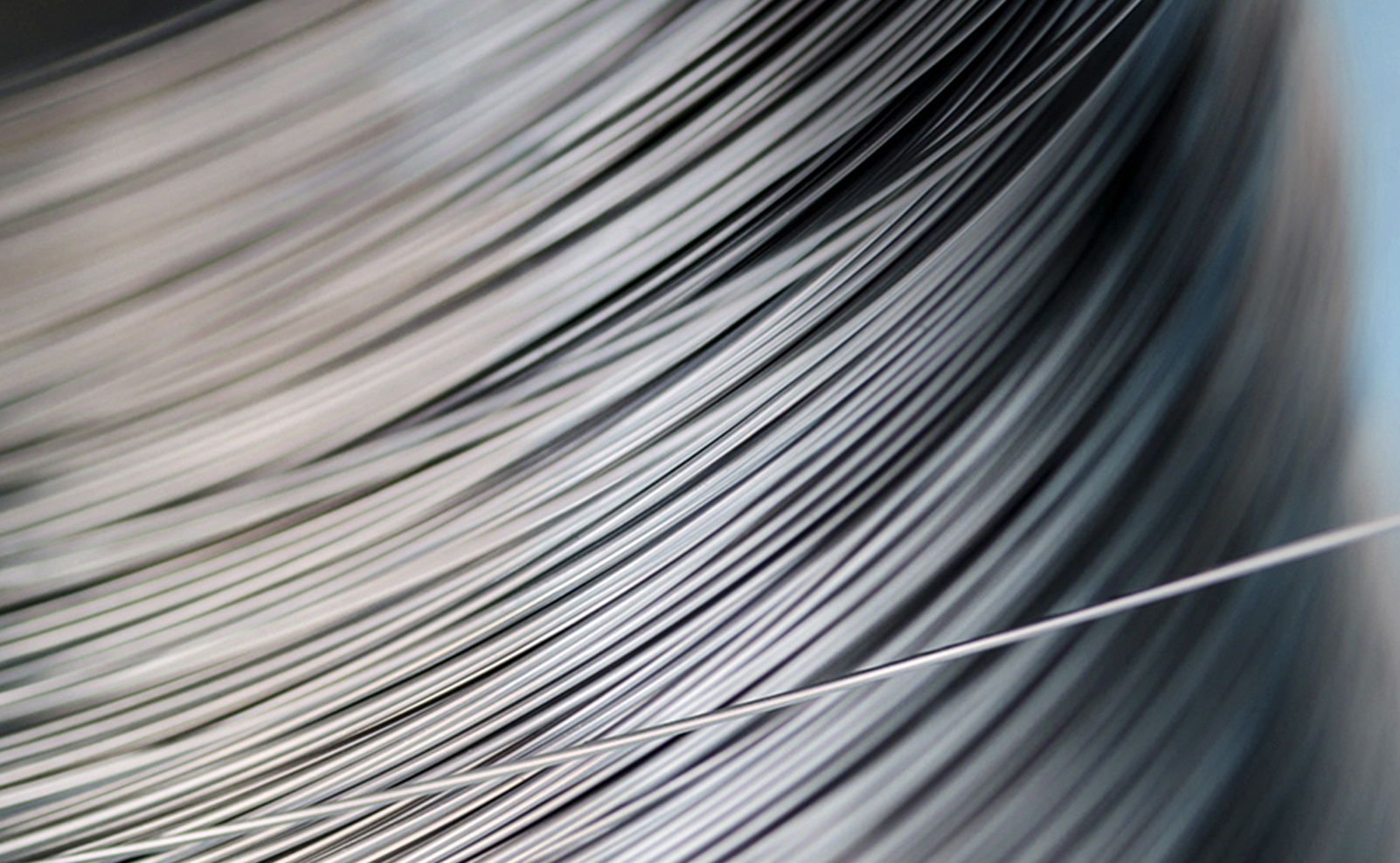What is Duplex?
Duplex and Super Duplex Grades of Stainless-steel deal exceptional deterioration resistance when 316 grade just isn't enough.
Duplex Stainless-steel Fasteners (SAF 2205 or UNS S31803) or Super Duplex Stainless Steel Fasteners (SAF 2507 or UNS S32750) are grades of Stainless Steel frequently required in the fight against corrosion when 316 grade just isn't enough, such as being continuously immersed in salt-water. An important function of Duplex plates stainless-steel is that its pitting and crevice deterioration resistance is significantly exceptional to that of 304 or 316 grade Stainless-steel.

This integrated with high mechanical strength and ductility makes it an excellent material for so many applications. Typically 316 Grade Stainless Steel is described as 'Marine grade' - and yes while it is frequently utilized and ideal for marine environments such as fastenings on a private yacht's deck, it is by no means the most robust alloy for high chloride environments (E.g. salt-water). Where fastener strength and integrity is critical, such as for bolts in a Yacht's Keel, a Duplex or Super Duplex Fastener is needed. Likewise where a Stainless Fastener is submerged in salt-water, Duplex would be the minimum requirement. Duplex and Super Duplex Fasteners are not generally 'off the rack' and equipped by stainless fastener distributors. They are made to buy and making sure the source is specialized in Duplex fastener manufacture with a high degree of Quality Control is vital.
Duplex Production innovations
Duplex fastenersare preferably made with created heads and rolled threads, with the heating in the forging process thoroughly temperature level managed.
Duplex fasteners can be CNC machined from round or hex bar - however ideally they would be made with created heads and rolled threads. Threads must be rolled rather than machined to guarantee smoother, more powerful threads are obtained as compared to machined/CNC threads - this increases the thread's yield strength, surface area finish, firmness, and wear resistance. When Hot Creating the fastener head, temperature control is important. When heating Duplex you must prevent prolonged time in the important temperature level zone as this encourages unwanted Nitrides and Carbides to form. It is very important that digital control devices is used to rapidly heat through this temperature level zone and immediately eliminate from the heat source when the temperature level is optimal for forging. Any Duplex item ought to then go through laser marking to guarantee traceability of the fastener through the supply https://angelolfhe858.edublogs.org/2021/02/23/5-bad-habits-that-people-in-the-stockist-industry-need-to-quit/ chain. Test Certificates ought to also always be acquired.
Duplex Applications - where would you utilize Super Duplex over Duplex?
Applications which can benefit from the use of these duplex steels include piping systems, pumps (where the good erosion and abrasion resistance is utilized), valves, heat exchangers, Keel Bolts, utilized with products submerged in salt-water and other devices.
Duplex has exceptional general deterioration resistance; exceptional to grade 316 in a lot of environments, consisting of resistance to inter-granular, pitting and crevice corrosion. Super Duplex has even higher pitting resistance. In summary - 316 is great, Duplex is excellent and Incredibly Duplex is well - 'SUPER'! One of the most typical approaches to specify resistance to pitting deterioration is the PRE worth, Pitting Resistance Equivalent. The PRE can be calculated from the structure as: PRE = %Cr + 3.3 %Mo + 16 %N Clearly grades high in the alloying components Chromium and particularly Molybdenum and nitrogen are more resistant.
